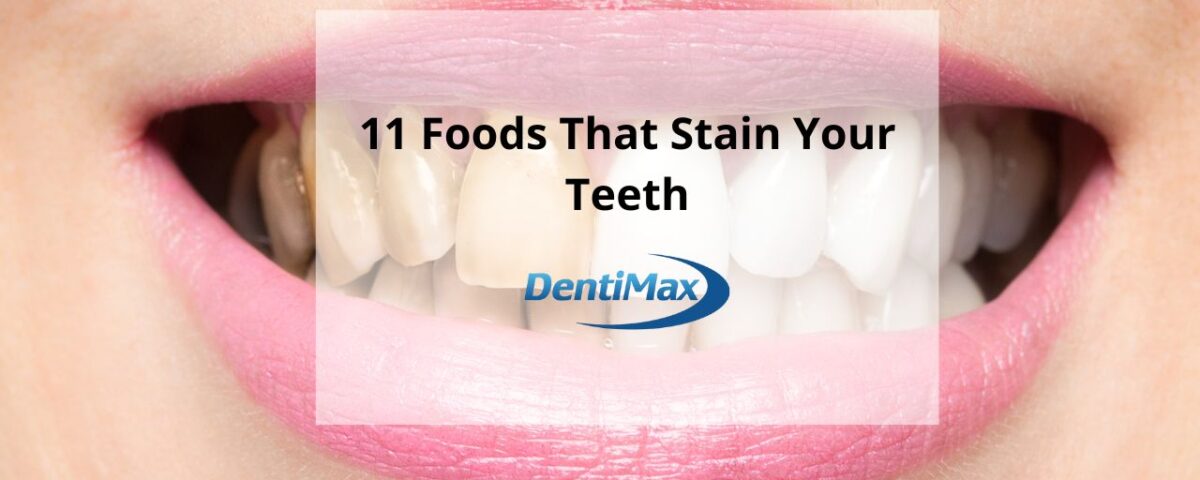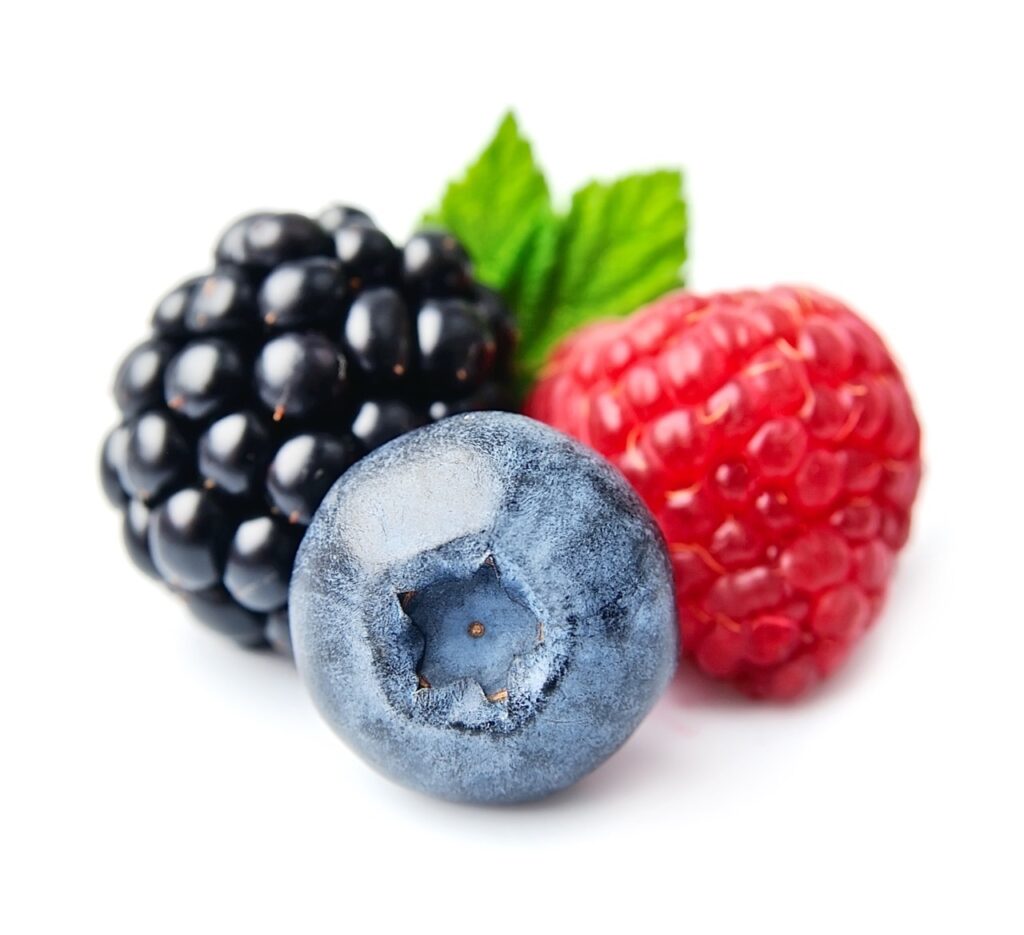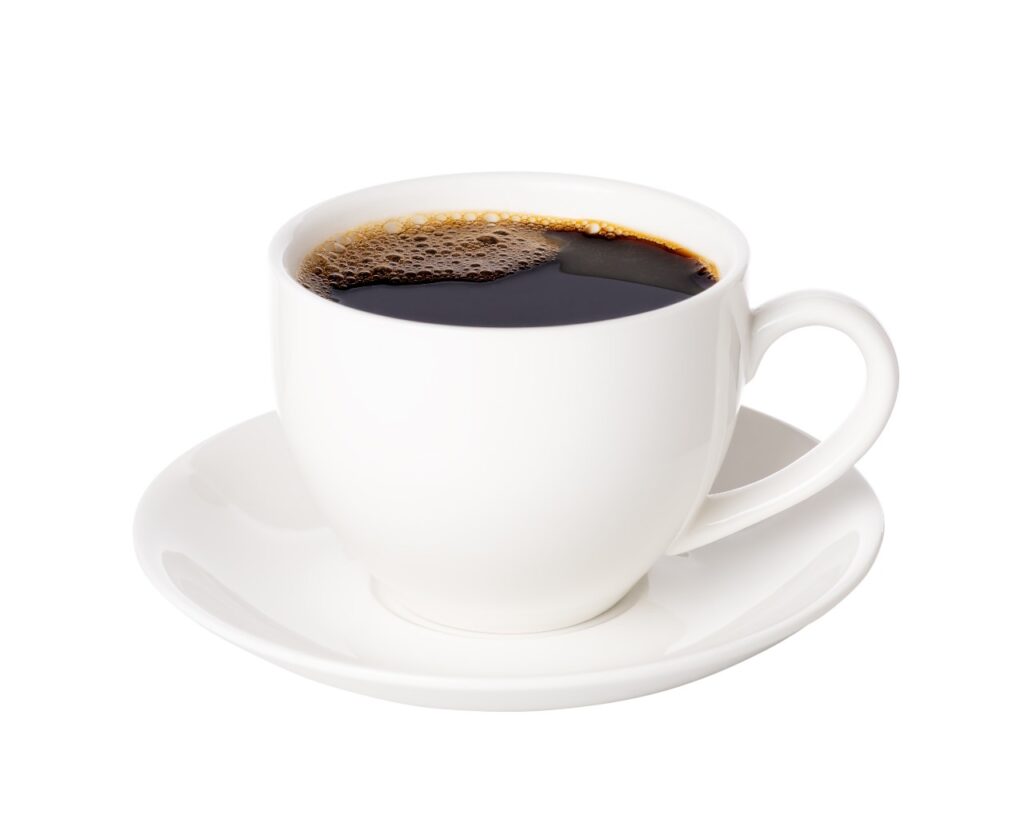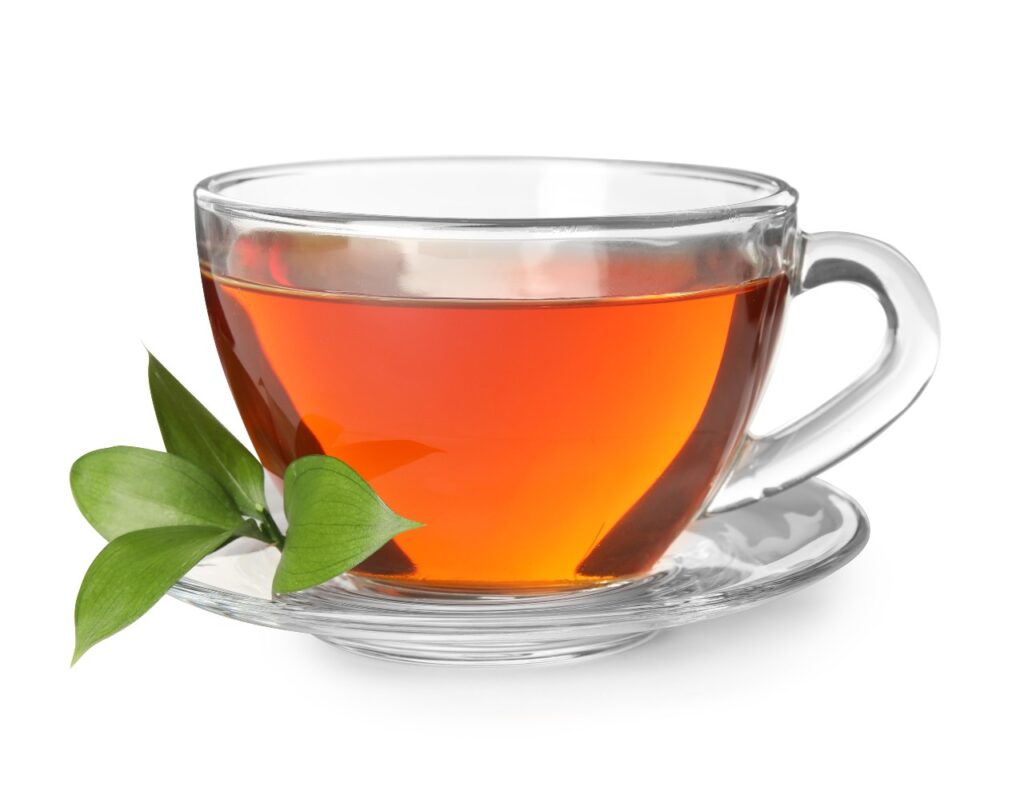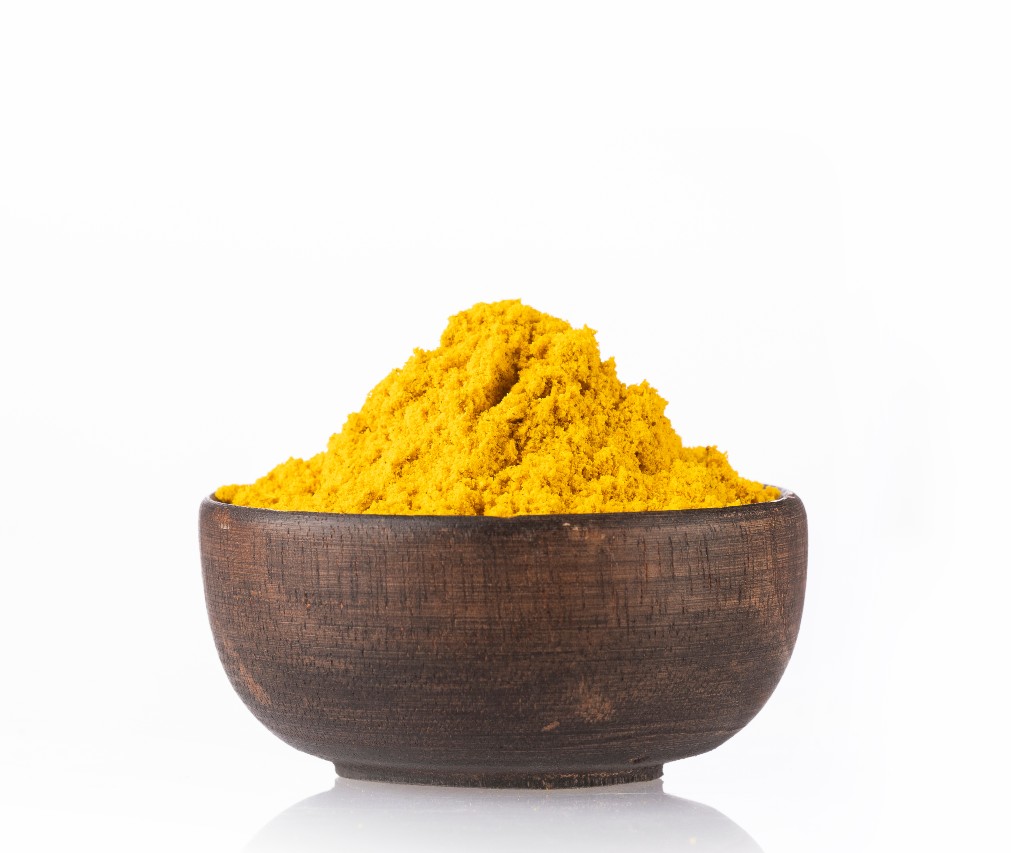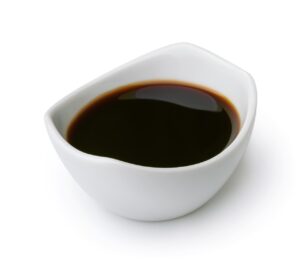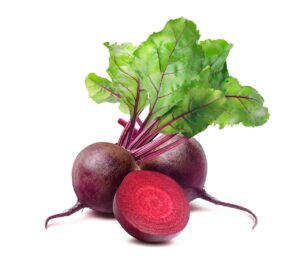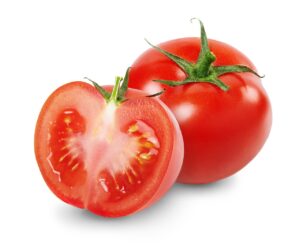Teeth stains can occur for a variety of reasons, but certain teeth-staining foods are more likely to cause staining than others. Coffee, tea, and red wine are all common culprits, as they contain pigments that can cling to tooth enamel. In addition, tooth enamel can be weakened by acidic foods and drinks, making it more susceptible to staining.
Over time, teeth stains can affect confidence levels, oral health, and even your smile. In fact, over half of American adults feel self-conscious about their teeth. That’s why it’s essential to visit the dentist regularly for routine teeth cleanings and x-rays. If you struggle with medical anxiety, look for a dentist who offers sedation options to help you relax during your appointment.
Proper dental practice management software can also help dentists streamline processes and ultimately make you feel more comfortable, so be sure to choose a dental professional that meets your needs.
Remember, while dentists can help you maintain good oral health and a bright smile, as well as remove surface stains and identify any underlying issues, it’s always good to take preventative measures. To this end, it’s helpful to avoid food and beverage with the potential to stain your teeth.
Common Teeth-Staining Foods and Drinks
Not all foods and drinks are created equal when it comes to staining your teeth. Some, like coffee, tea, and red wine, are well-known for their ability to cause staining. Others, like berries and soy sauce, may not be as obvious. Whatever your favorite foods and drinks may be, it’s important to be aware of their potential to cause staining. This way, you can take steps to protect your teeth, such as brushing after eating or drinking.
While everyone’s teeth are different, some people may be more prone to staining than others. This is because of the type of tooth enamel they have. Those with thinner or more porous enamel are more likely to experience staining than those with thicker, less porous enamel. Additionally, certain medical conditions can also increase the risk of staining.
For example:
- People with dry mouths tend to have a higher risk of staining because they produce less saliva. Saliva helps to protect teeth from staining and can also remove stains that have already formed.
- People with braces or other dental appliances are also more likely to suffer from staining. This is because food and drink can become trapped in the brackets and wires, making it difficult to brush and floss properly.
- Lastly, smokers are also at a higher risk for staining. This is because the nicotine and tar in cigarettes can cling to teeth, causing yellow or brown stains.
However, if you don’t want to give up your favorite foods and drinks, don’t worry! There are still ways to enjoy them without sacrificing your beautiful smile. Here is a list of 11 common foods and drinks that can lead to teeth staining:
1.) Berries
Berries are packed with nutrients and offer a plethora of health benefits, but they can also cause teeth staining that can be difficult to remove. The darker the berry, the more likely it is to cause staining. Dark berries contain chromogens, which are a type of pigment that can attach to tooth enamel.
To help prevent staining, brush your teeth immediately after eating berries or drink plenty of water afterward. You can also eat berries in moderation and opt for lighter-colored berries when possible.
If you experience staining, there are several ways to remove it. Professional teeth whitening treatments can be quite effective, and there are also a number of at-home whitening kits that can help brighten your smile.
2.) Coffee
Just about everyone enjoys a cup of coffee in the morning, but many people are unaware of the impact it can have on their teeth. Unfortunately,
coffee is one of the most common beverages that can cause tooth staining. This is because the coffee beans themselves contain dark pigments that can easily transfer onto teeth and become trapped in the enamel.
In addition, coffee contains tannins, compounds that can also contribute to staining. Over time, these stains can become permanent unless they are removed with professional whitening treatments.
So if you’re concerned about keeping your smile bright, you may want to cut back on the coffee or switch to a lighter variety. And be sure to brush your teeth afterward to help remove any residual stains.
3.) Tea
Green tea, black tea, and herbal teas are beloved beverages for their unique flavors and health benefits. However, it’s important to be aware that all of these teas can cause teeth staining. Just like coffee, the pigments in the tea leaves can attach to tooth enamel and stain them.
In addition, many
teas contain tannins, which can further contribute to staining. So if you want to keep your teeth white, it’s best to enjoy tea in moderation or stick to lighter-colored varieties — and be sure to brush your teeth or rinse your mouth with water afterward.
4.) Red Wine
Anyone who’s ever spilled red wine on a white shirt knows how difficult it can be to remove the stain, and the same principles hold true for teeth. Wine discoloration is caused by various factors, one of which is the pigment. In addition, wine grapes contain natural red anthocyanins.
The tannins in red wine are so potent that they can penetrate your teeth’s enamel and cause staining. Additionally, red wine’s acidity can contribute to tooth decay and other oral health problems.
5.) Curry
Curry is a savory dish that can leave your mouth feeling wonderfully full of flavor. At the same time, unfortunately, the spices used in curry can also cause teeth staining. Curcumin, which gives curry its distinctive yellow color, is a particularly potent stainer.
To prevent curry from staining your teeth, brush your teeth soon after eating. You can also try using a straw when drinking beverages containing curry, such as lassis. By taking these simple precautions, you can enjoy curry flavors without worrying about stained teeth.
6.) Soy Sauce
Asian cuisine often uses soy sauce, which can lead to teeth staining. The dark color of soy sauce is due to the extended
fermentation process that it undergoes. During this process, the "Maillard Reaction" occurs, which results in the formation of dark-colored pigments.
This color can be challenging to remove from teeth, and the salt content in soy sauce can also make it difficult to clean off. In addition, soy sauce’s extended contact time with teeth can lead to more significant staining.
As a result, it is important to be aware of the potential for soy sauce to cause teeth staining and to take steps to prevent it. One way to do this is to rinse your mouth with water or mouthwash to remove soy sauce from your teeth before it has a chance to cause staining.
7.) Beets
Beets are root vegetables often used in salads and as a side dish. The vegetable gets its red color from the presence of dark pigments known as
betalains. While these pigments can have some health benefits, they can also cause teeth staining. In fact, beets are one of the most common foods that can lead to teeth stains.
If you enjoy eating beets but want to avoid stains, you can try cooking them instead of eating them raw. You can also try using a straw when consuming beverages that contain beet juice or pulp.
8.) Tomatoes
As anyone who has ever had a tomato-based sauce on their shirt can attest, tomatoes are notorious for causing stains. Unfortunately, this isn’t limited to fabric — tomatoes can also cause your teeth to become stained and discolored. The pigment that gives tomatoes their red color, lycopene, is particularly adept at staining teeth.
In addition, the acidity of tomatoes can contribute to tooth enamel erosion. So while there’s no need to cut tomatoes out of your diet entirely, it’s best to enjoy them in moderation and be sure to brush your teeth afterward.
9.) Popsicles
Popsicles can cause teeth staining, especially in children. The brightly colored juices can leave behind dark stains on teeth, and the sugary nature of popsicles can also contribute to tooth decay.
To help prevent popsicle-related teeth staining, try to choose popsicles made with natural ingredients and free of artificial dyes. You can also brush your teeth or rinse your mouth with water immediately after eating a popsicle.
10.) Sports Drinks
While many people think of sports drinks as a healthy way to rehydrate after exercise, they may not be aware of the hidden risks to their teeth.
Sports drinks are often high in sugar and acidity, contributing to teeth staining. In addition, the brightly colored dyes in sports drinks can also attach to tooth enamel. Over time, this can lead to permanent discoloration of the teeth.
To protect your smile, brushing your teeth soon after drinking a sports drink is essential. You may also want to consider switching to a low-sugar or sugar-free alternative.
11.) Citrus Fruits
Citrus fruits are loaded with vitamin C and other essential nutrients for good health. However, they can also cause teeth staining and tooth
enamel erosion. The acid in citrus fruits can break down tooth enamel, making teeth more susceptible to staining. In addition, the pigments in the fruit can also penetrate the enamel, causing staining.
If you enjoy citrus fruits, it’s best to eat them in moderation and brush your teeth soon afterward. You can also rinse your mouth with water or mouthwash to remove residual acid or pigments.
How To Avoid or Reduce Staining
While there are many ways to enjoy stain-causing foods and drinks, there are also plenty of ways to avoid or reduce staining:
- Rinse your mouth with water after eating or drinking.
Rinsing helps to remove food and drink from your teeth before it has a chance to cause staining.
- Use a straw when drinking beverages that may cause staining.
Creating a barrier between your teeth and the drink can help prevent staining.
- Brush your teeth regularly with a toothpaste that contains fluoride.
Fluoride helps to protect teeth from staining and can also remove stains that have already formed.
- Use teeth whitening products.
Many over-the-counter teeth whitening products can help remove stains and brighten your smile.
- Visit your dentist for professional cleanings or whitening procedures.
During a professional cleaning, your dentist will use special tools to remove built-up tartar and stains from your teeth. Professional teeth whitening treatments can also help to brighten your smile.
- Quit smoking or using tobacco products
. Smoking and using tobacco products can cause significant staining of the teeth. If you are looking to avoid staining, quitting is the best option.
- Limit your intake of stain-causing foods and drinks.
Reducing your consumption of foods and beverages that cause staining can help to prevent new stains from forming.
Of course, proper dental care is also essential for preventing tooth stains. So take care of your teeth by:
- Brushing.
Brushing is vital for removing plaque and bacteria from your teeth. Be sure to brush twice a day for two minutes each time.
- Flossing.
Flossing helps to remove food and plaque from between your teeth, where brushing alone cannot reach. Be sure to floss at least once a day.
- Using mouthwash.
Mouthwash can help to remove plaque and bacteria from your mouth. Look for a mouthwash that contains fluoride for an added level of protection.
- Visiting your dentist regularly.
Regular dental checkups and cleanings are essential for maintaining good oral health. Be sure to see your dentist every six months or as recommended.
There’s nothing like feeling confident and proud when you show off your smile. So keep your teeth healthy and white by following these tips. With a little effort, you can enjoy all the foods and drinks you love without worrying about tooth stains.


